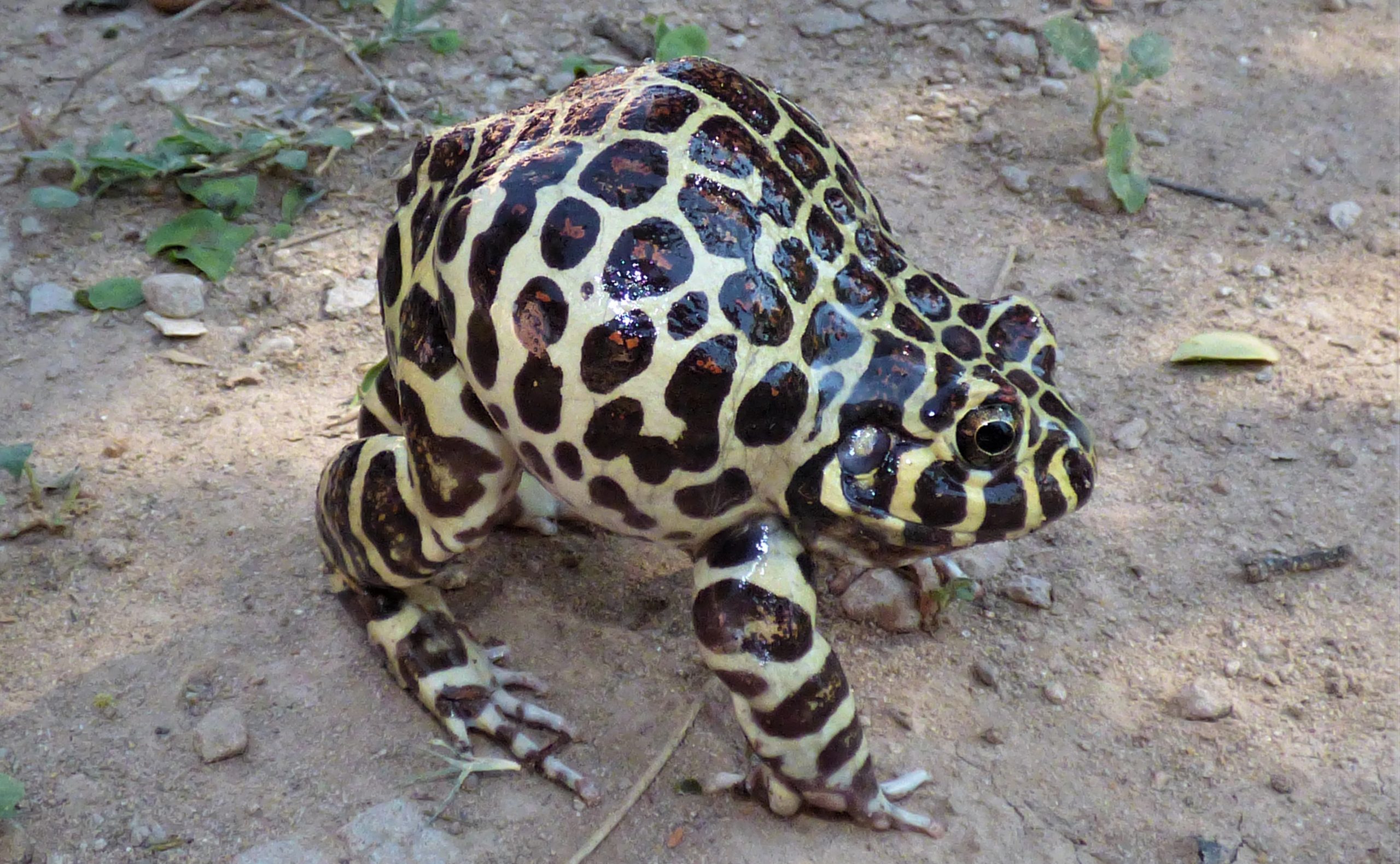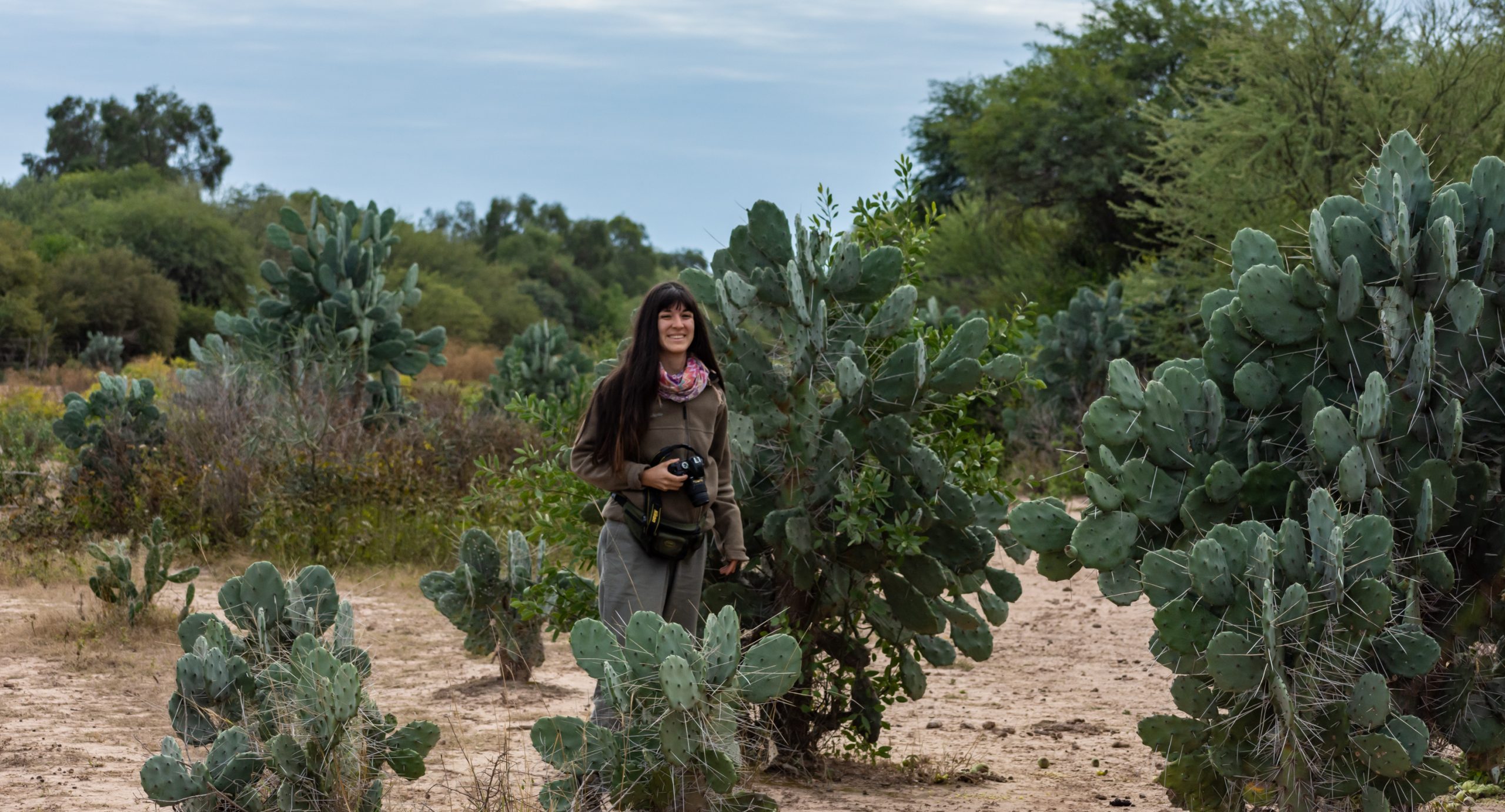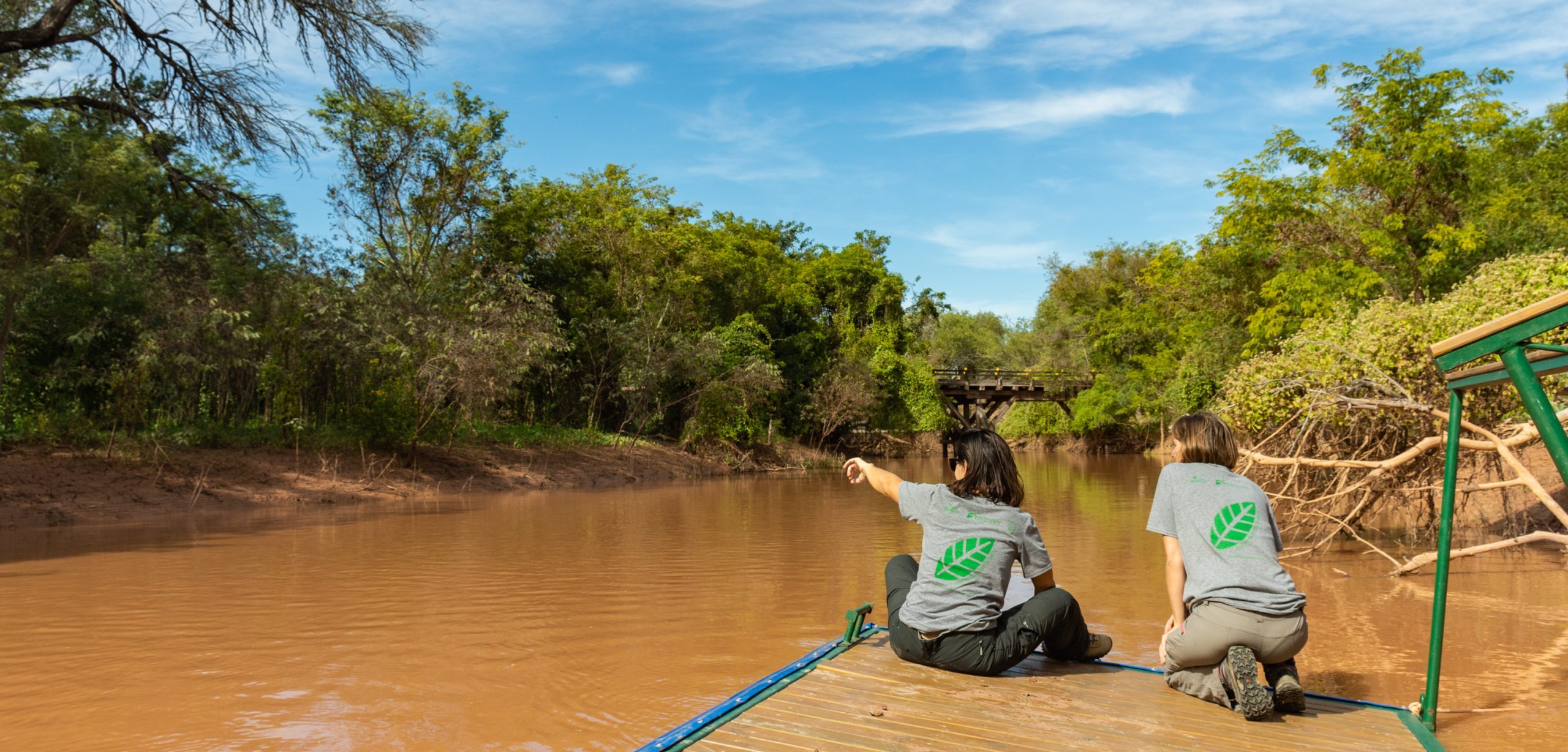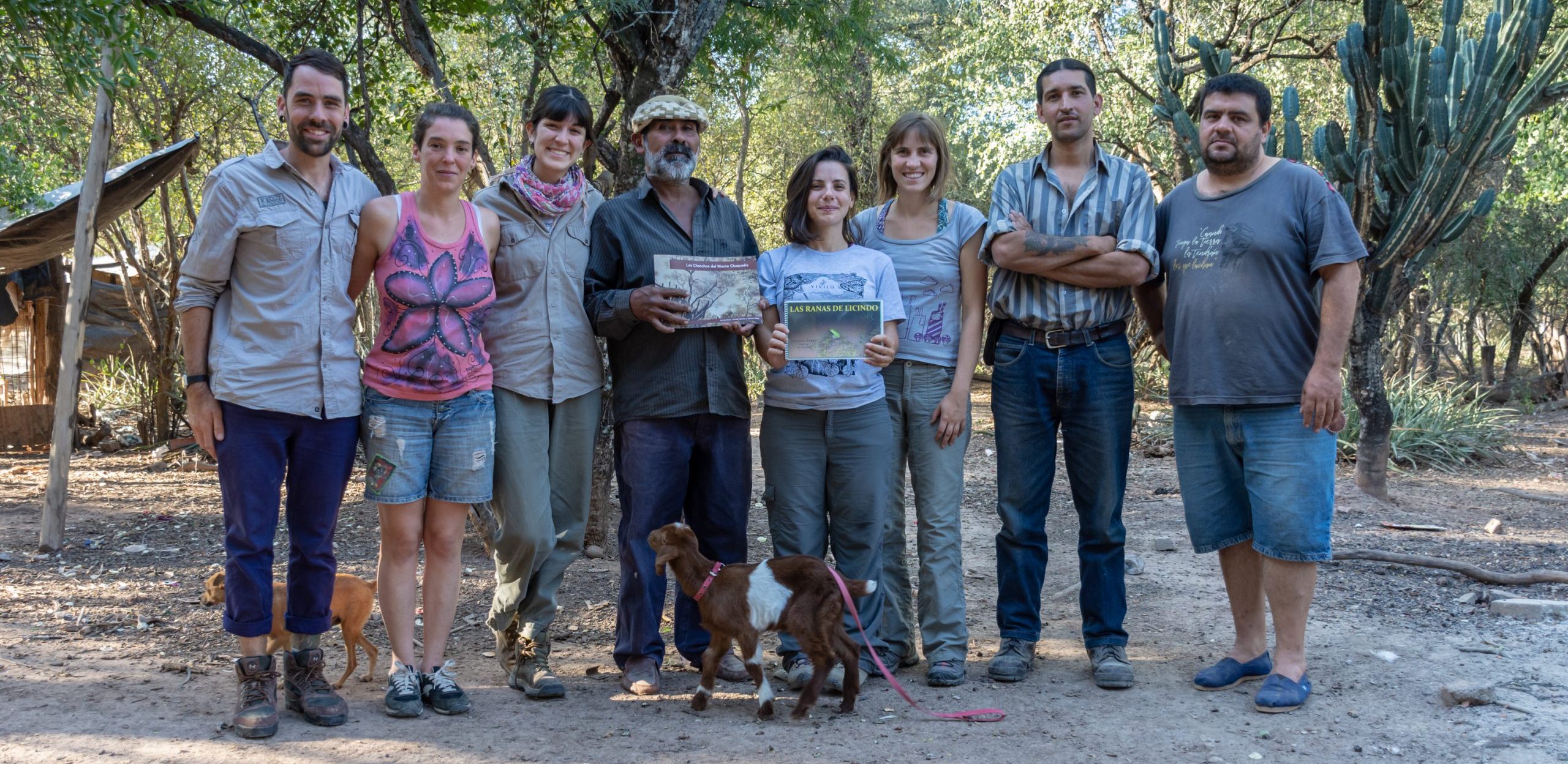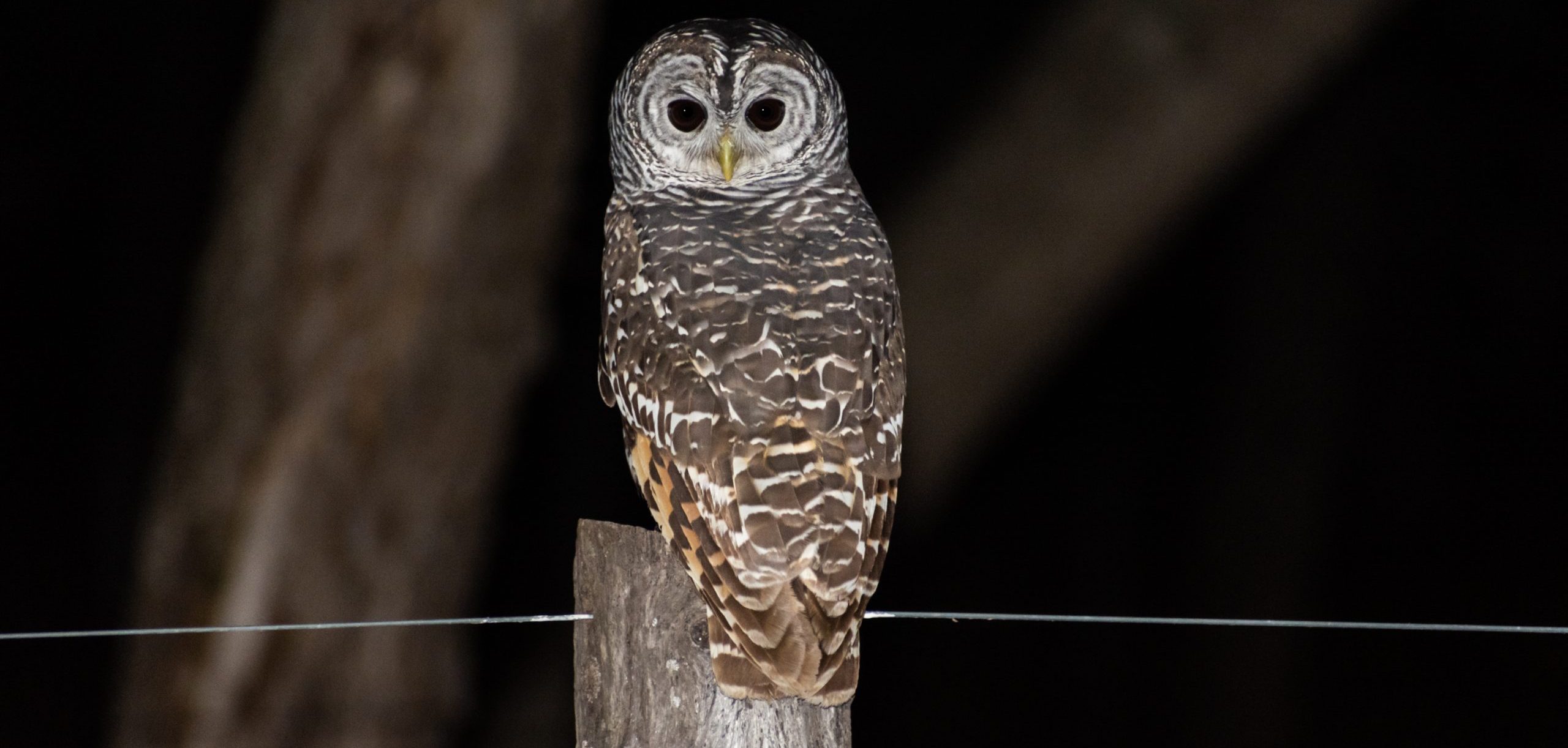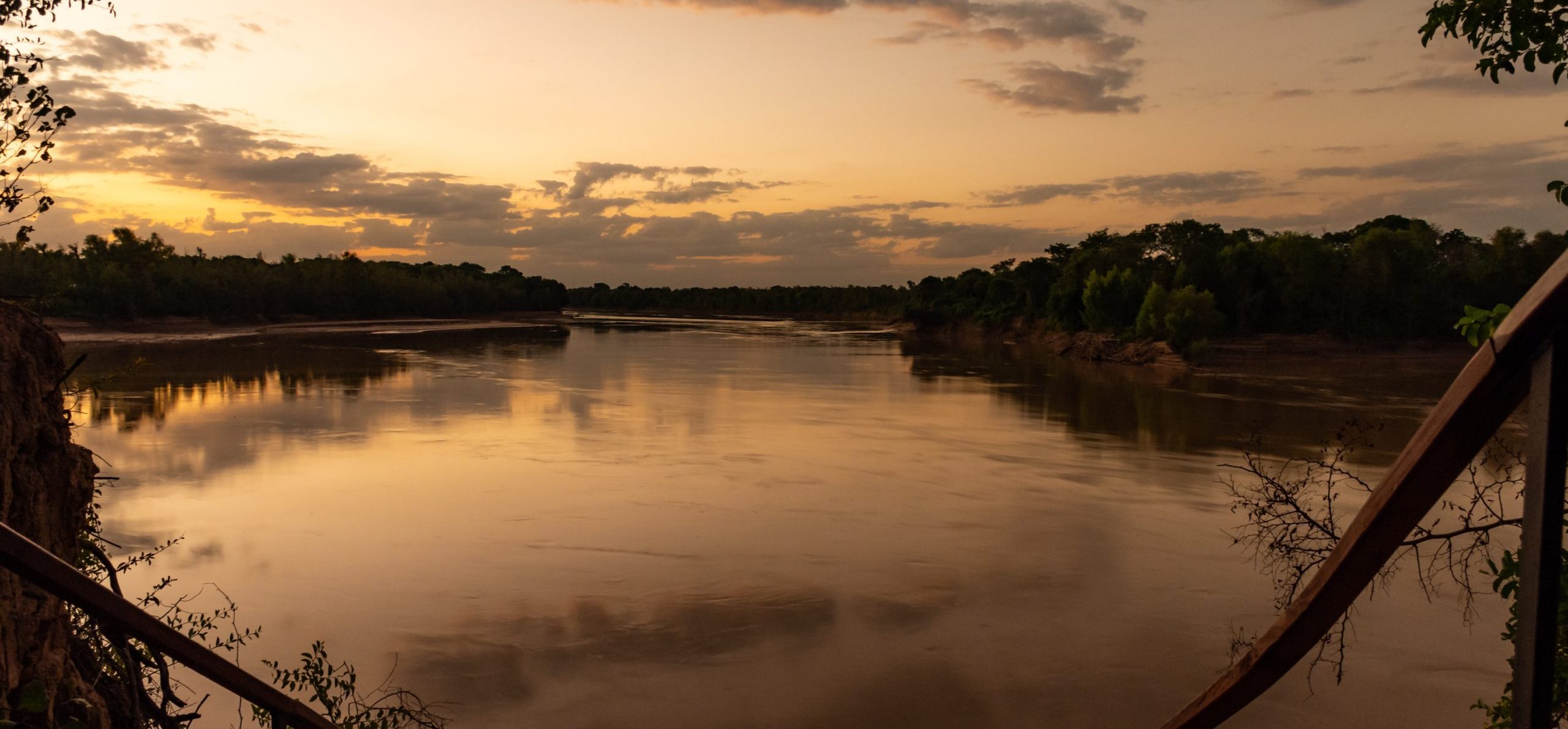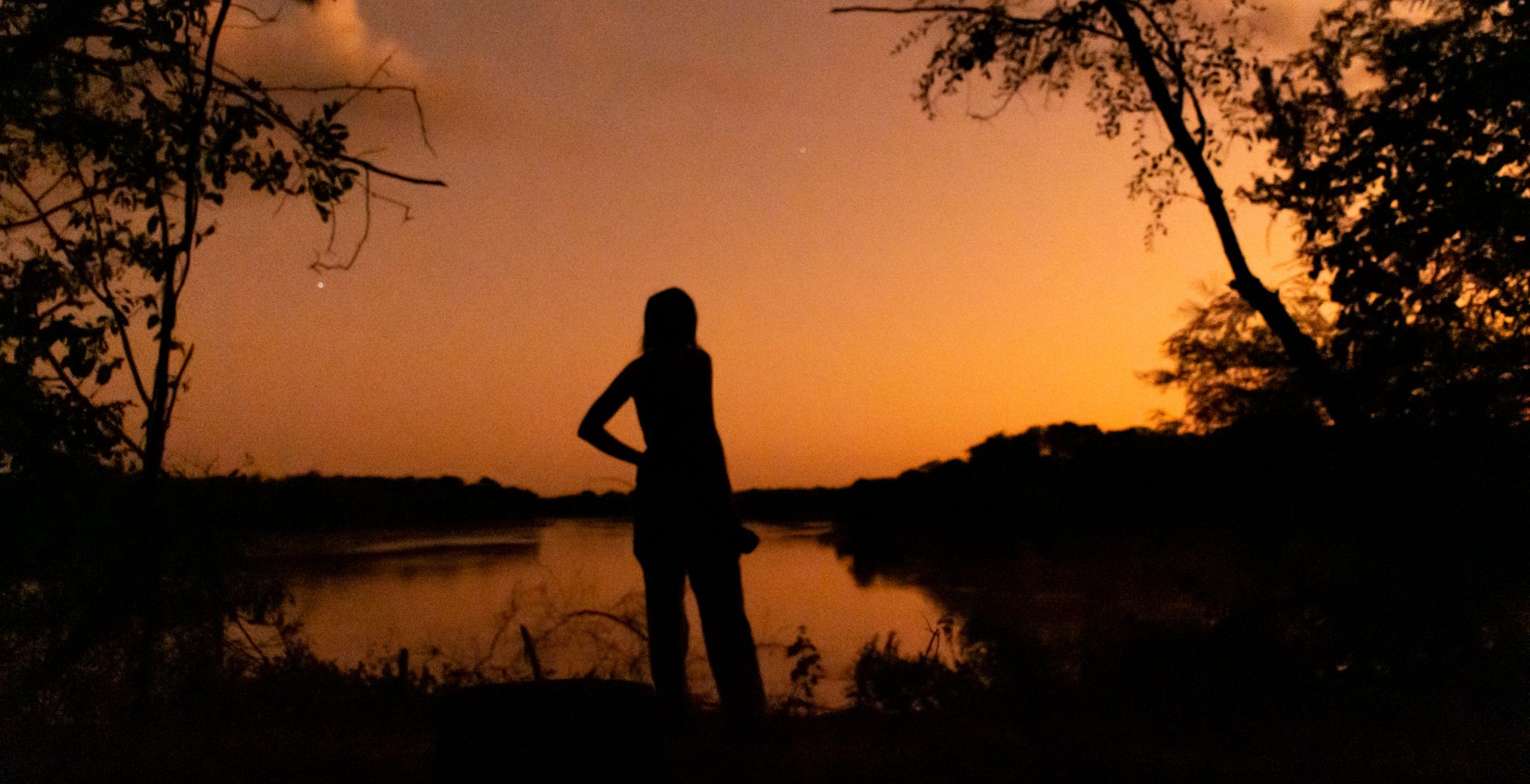This blog has been adapted from the original version published here.
By Anu Rai
As a member of a team dedicated to conserving Ganges river dolphins in Nepal, I was overjoyed when CLP selected us for one of its Follow-Up Awards last year. The award has allowed us to start reducing the threats faced by this Endangered dolphin, which includes engaging the indigenous communities that have lived alongside it for generations.

One of our key goals as part of our CLP project is to stop accidental entanglements and mortalities of river dolphins in fishing nets, building on findings from our previous CLP-funded project in 2013.
Engaging with the local fishing communities, and understanding their traditional views and perceptions of the dolphins they live alongside, is an incredibly important part of our project and something I personally enjoy; there is nothing more magical than hearing the local people relaying their experiences. I truly believe our field work and other activities must be complemented by the rich knowledge they have amassed over multiple generations of co-existence.
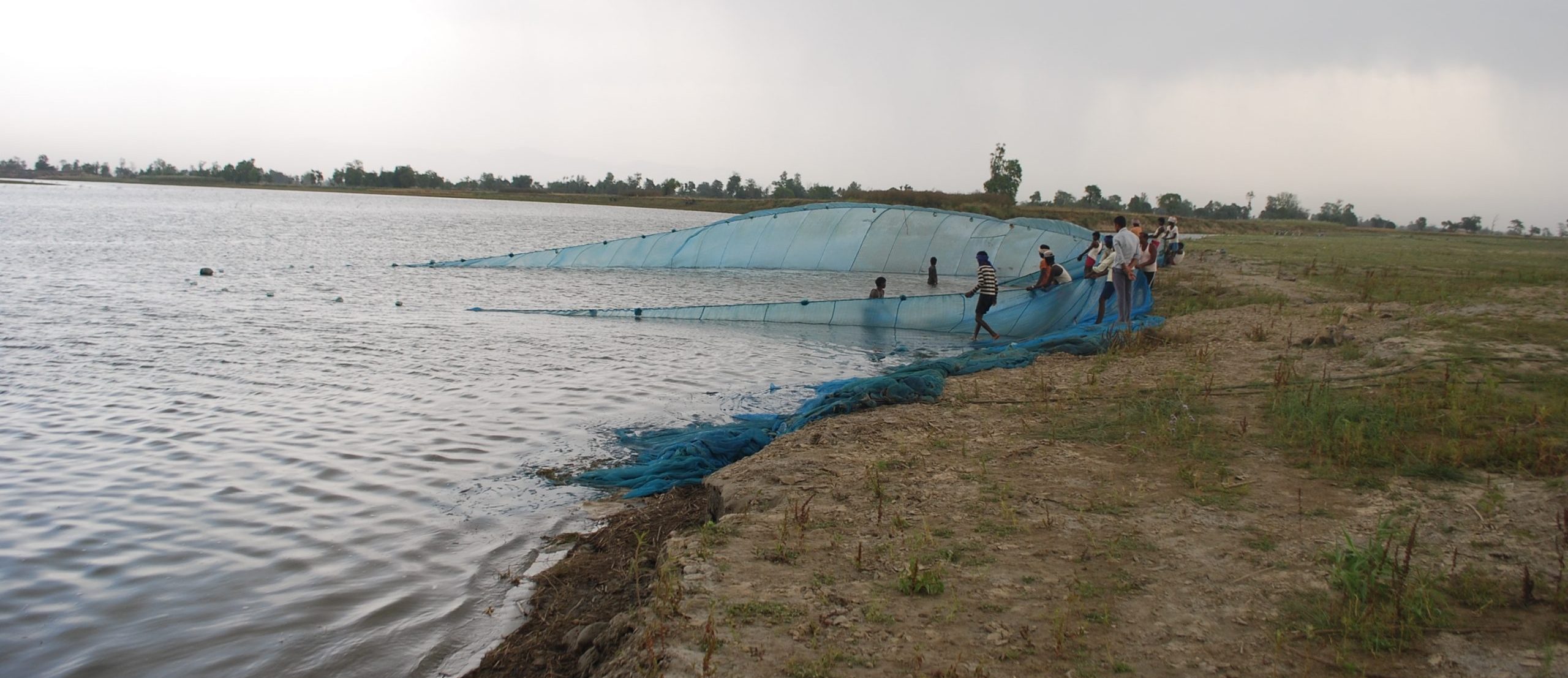
As a team we carry out a lot of our field work on the Karnali River in Nepal, a place that now feels like a second home to me! Together with the Sharda River in India, the Karnali forms a major left bank tributary of the Ganges. Originating in the southern slopes of the Tibetan Plateau, this river flows south through one of the most remote and least explored areas of Nepal.
On the foothills of this great river, we are occasionally lucky enough to glimpse the rare and elusive Ganges river dolphin, which has long been part of the culture of the local people who live along the river’s banks.
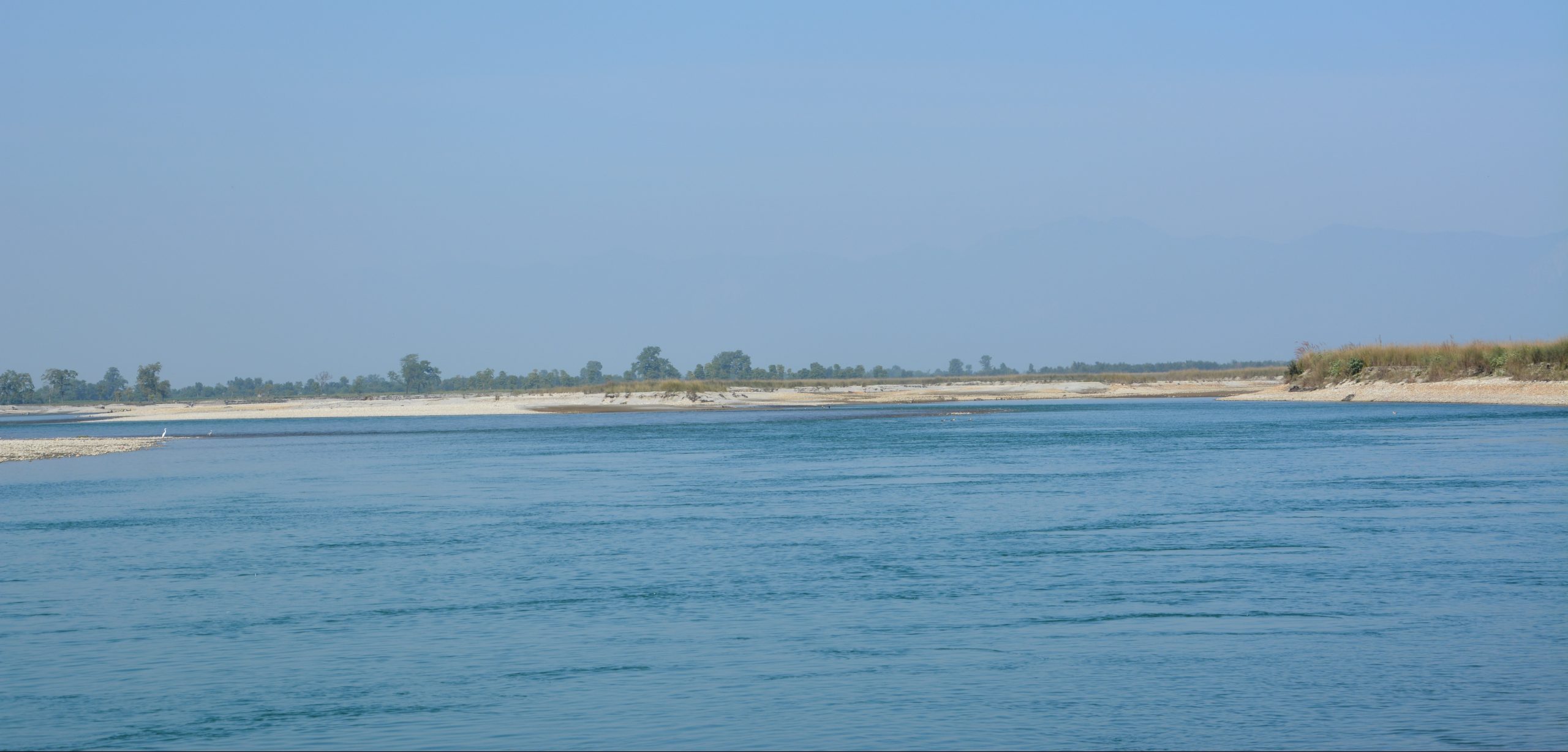
I was delighted when one recent visit here made me privy to some local stories and indigenous knowledge about dolphins and fishery from women in the local Sonaha ethnic group.
As a child, Laxmi and her father often went out fishing on the river in their small boat. She recalls asking her father why, even when they were in such close proximity, the dolphins did not overturn their boats. Her father told her that the boats were like a brother-in-law to the dolphins and so they never touched them.
An adult Ganges river dolphin weighs around 150 kg – about the weight of an average upright piano – and its size ranges from 1.5 to 2.5 metres. It also surfaces every few minutes for air. So an adult dolphin could easily overturn a boat, but I have never heard of that happening in any of my field surveys.
My guess is that the dolphins have developed some sort of avoidance mechanism to allow them to co-exist with humans. This is certainly plausible given how much dolphins have been exposed to us; they have long persisted in human-dominated river systems and have shown close association with sites of frequent human use, such as bathing and washing ghats, ferry ghats and cremation ghats (as described by Sinha and Kannan, 2014).
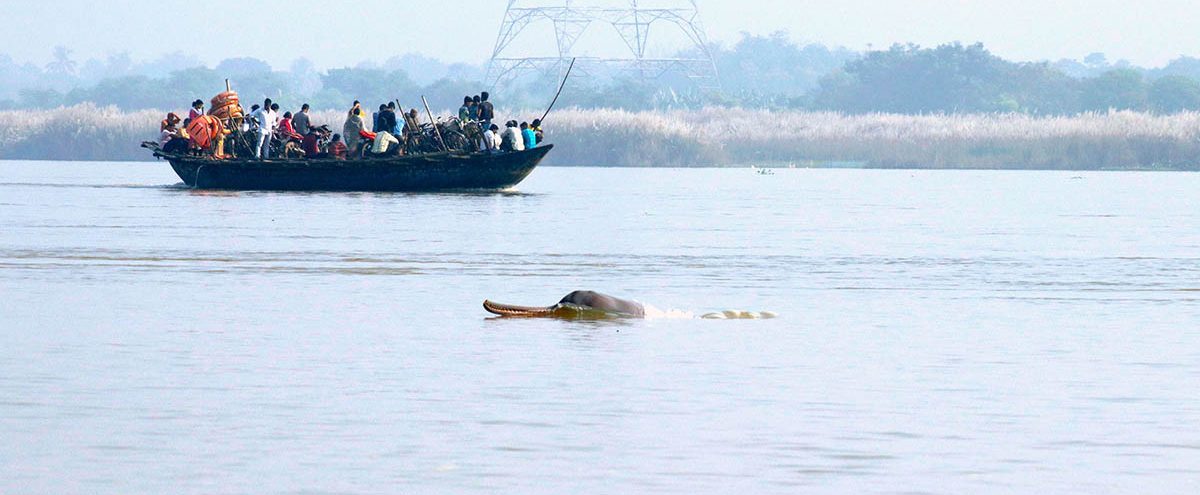
But the way people make up stories to explain this phenomenon is quite interesting to me. In ancient times, humans made up stories to make sense of the frightening world around them. I believe Nepal has many such undiscovered stories and it is high time we document them – and not just through verbal communication.
In a different conversation with Goma, another local Sonaha woman, she recalled the use of ‘Bhusauli’ – a mixture of husk and buffalo dung – which the community had previously used as fishing bait. They would put Bhusauli on the rocks in the river to attract fish and, after a couple of hours, they would use nets to catch the fish. But now she says this method does not work because the water level has decreased, along with the number of fish.
You can watch my conversations with Goma and Laxmi in the video below.
The official statistics confirm Goma’s suspicions. Globally, there has been a drop in the population of freshwater species of fish – estimated as a decline of 83% of average abundance since 1970. Likewise, in less than 50 years, the population of migratory freshwater fish has declined by 76%.
Nepal has also registered a decline in fish stocks in several rivers but there are few studies documenting the extent of these declines. In this case, social surveys come into play. As demonstrated by my chat with Goma, local knowledge is vital in estimating the extent of decline.
This is what our CLP-funded research project is trying to achieve. As more field work is planned, I strive to explore more local stories and indigenous knowledge. We know that such information will support future modes of sustainable living and help address the biodiversity crisis. I intend to use this knowledge to design conservation approaches that enable the harmonious co-existence between humans and nature in Nepal.
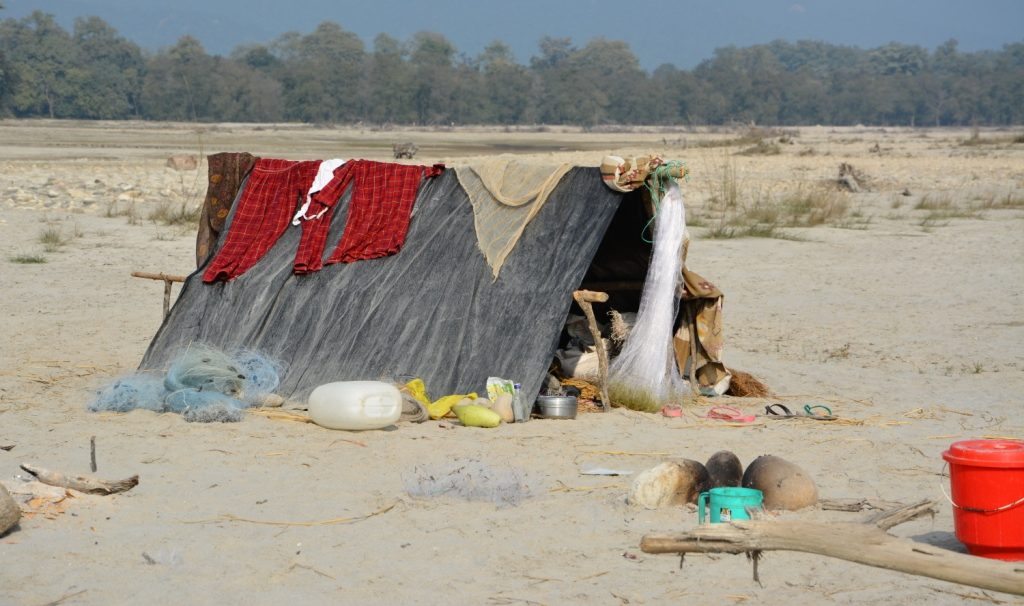
About the author
CLP alumna Anu Rai is an aspiring environmental researcher and enjoys writing. She has written about pertinent environmental issues in both academic journals and newspaper articles. Her research interests lie in freshwater studies, biodiversity conservation, and geospatial analysis. Currently, she is pursuing her MSc in Environmental Science at Kathmandu University.
As well as being a team member of a 2021 CLP Follow-Up project, Anu is also involved in applying nature-based solutions for the restoration of Nagdaha Lake in Nepal, through Wageningen University’s Nature Based Solutions Challenge 2022.
Feeling inspired?
If Anu’s story resonates with you, and you want to start pursuing your goals in conservation, then consider applying for one of our 2023 Team Awards! Winning a Future Conservationist Award comes with a project grant of up to $15,000, as well as training, mentoring and networking opportunities. The application deadline is 10 October, 2022 – apply via our online application portal here and find key resources to help you with your application here.

